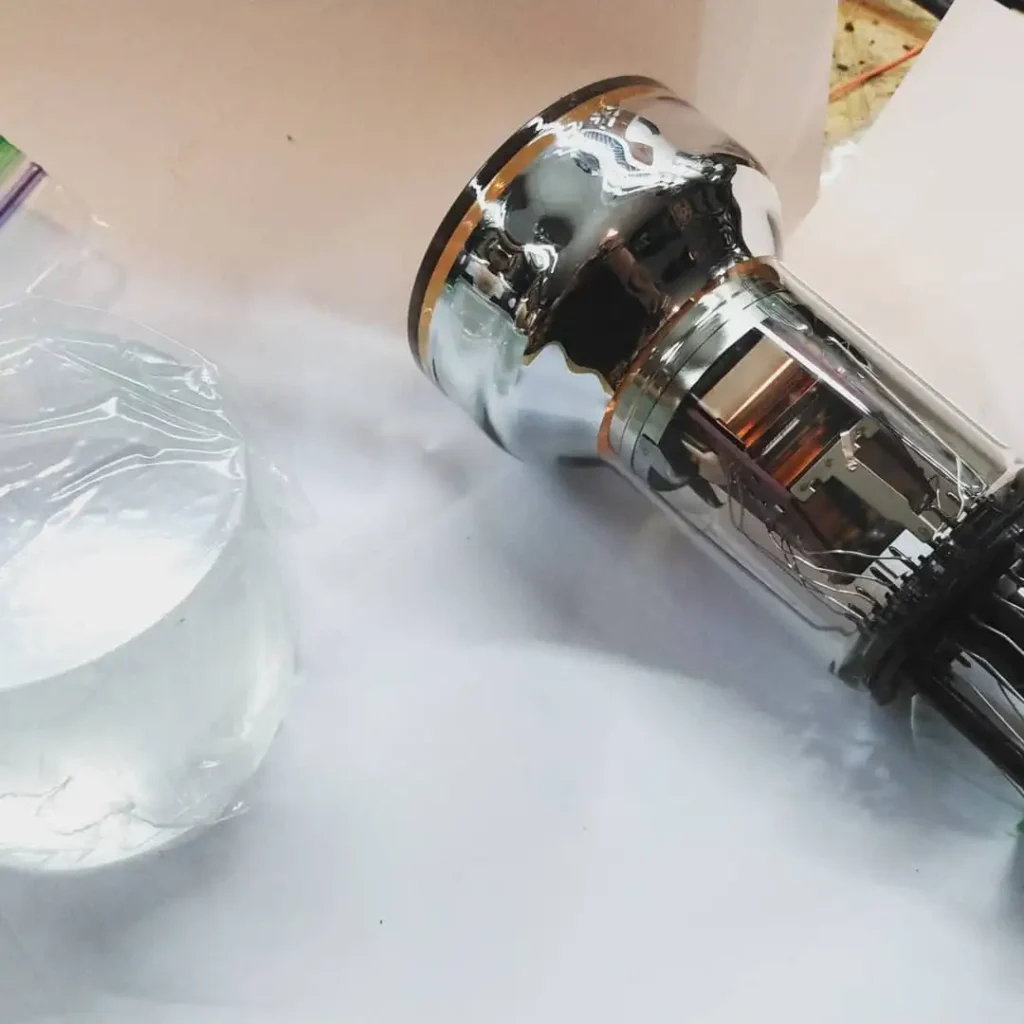
A photomultiplier tube is one of a few types of vacuum tubes that are still widely used. In essence it is used to detect very small amounts of light. The tube in the pictures above will be used to detect very small light reactions in a scintillator used to detect muons.
The tube works by absorbing photons which emit electrons. The electrons are then multiplied using photocathodes. After the electron is produced by the photocathode it will be focused and will pass through areas called metal dynodes and there are multiple which amplify the single electron into multiple. At each dynode the electrons are multiplied via secondary electron emission. At the end of the electrode chain there is an anode which is the collection electrode. The current that flows from the anode to ground is directly proportional to the photonelectron flux emitted by the photocathode. The diagram below gives a schematic drawing of a standard photomultiplier tube. The pdf file in the sources is a great and short read to fully understand these tubes. It goes into far more detail than this most.
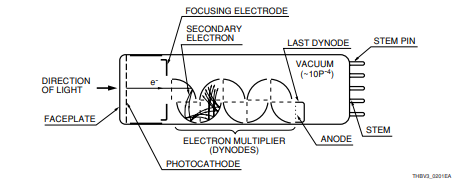
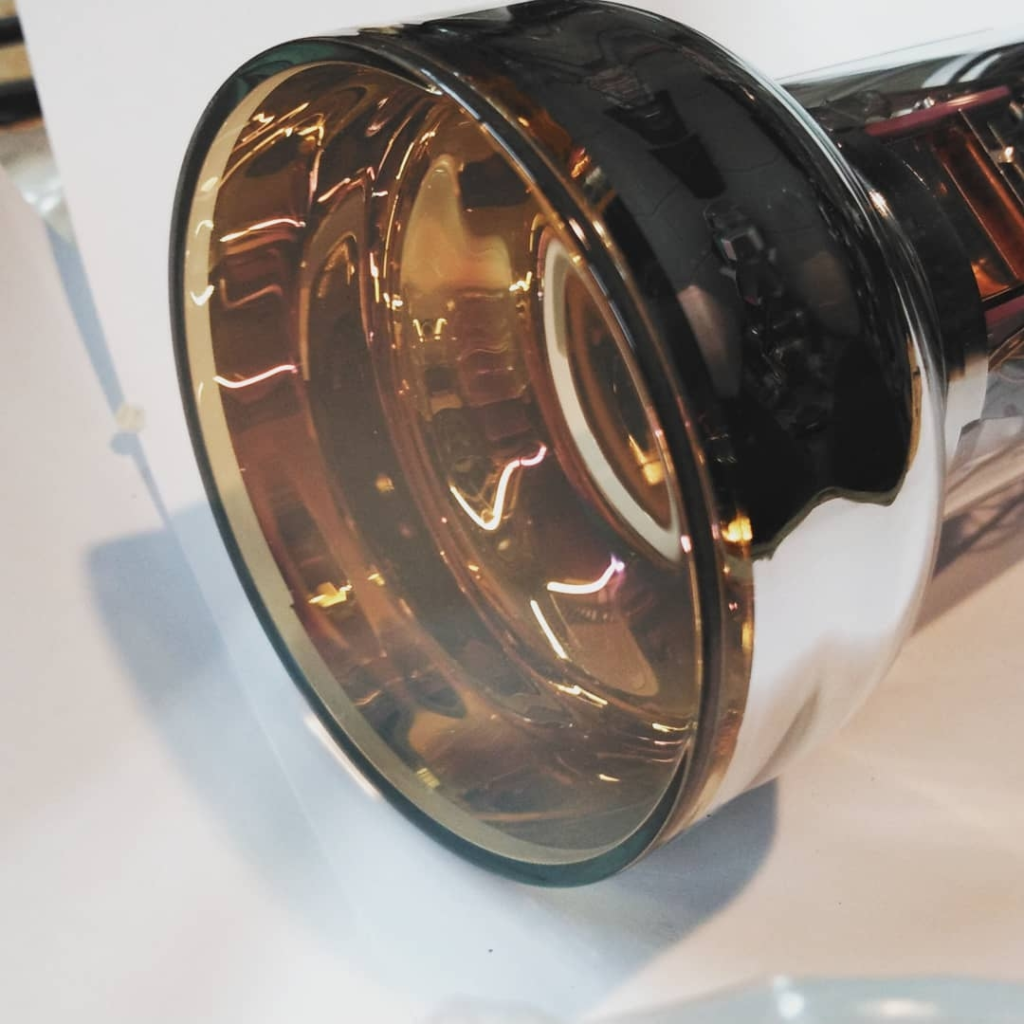
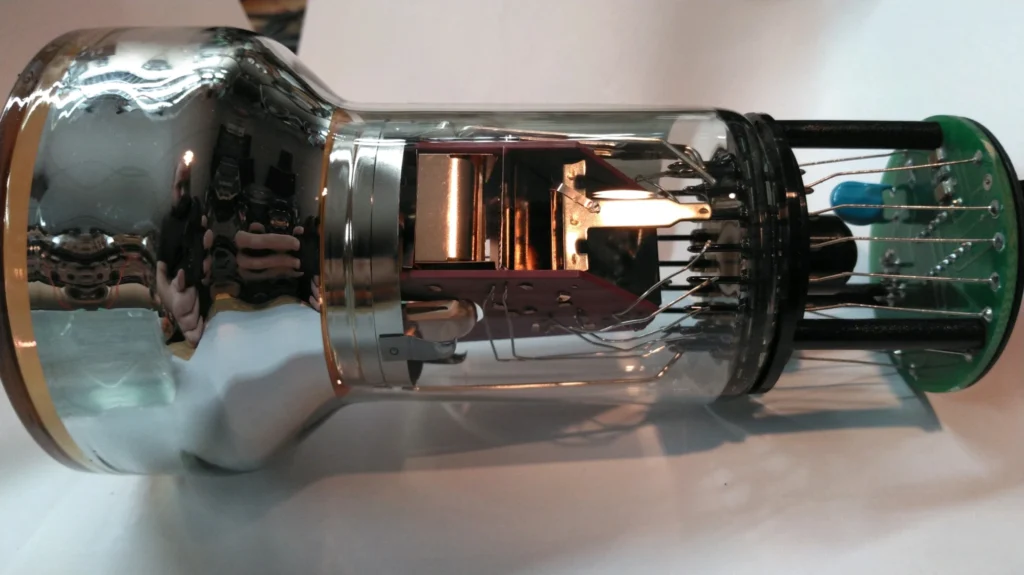
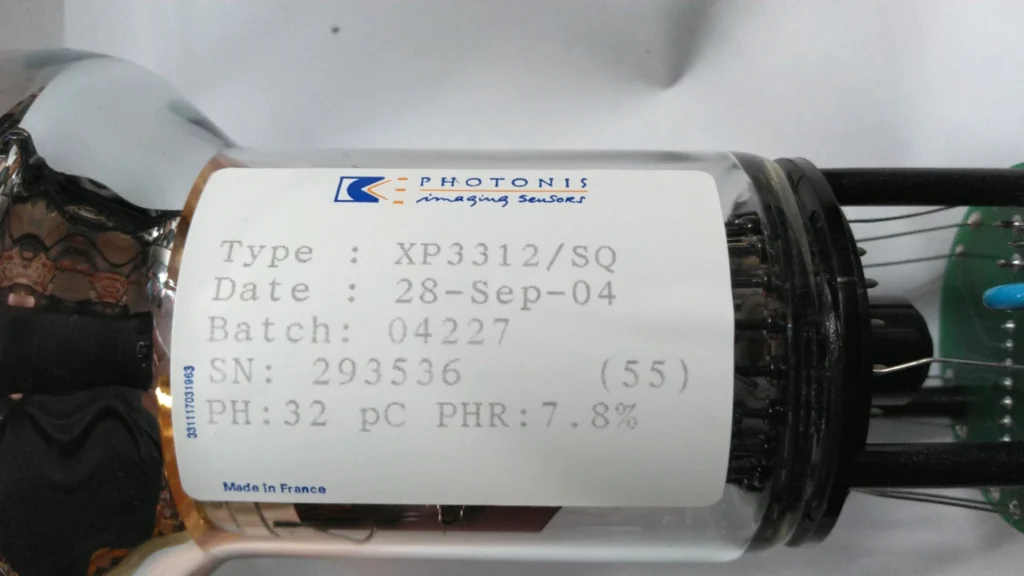
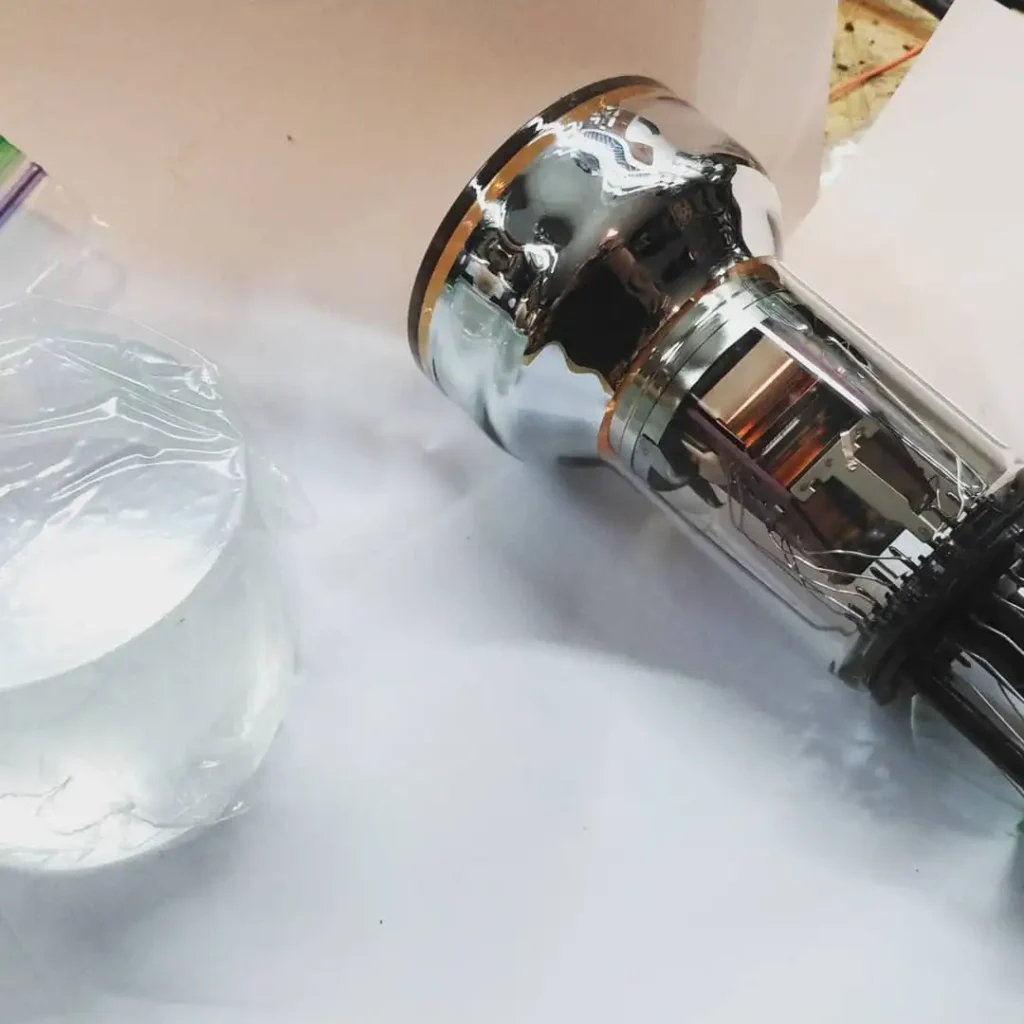
Sources:

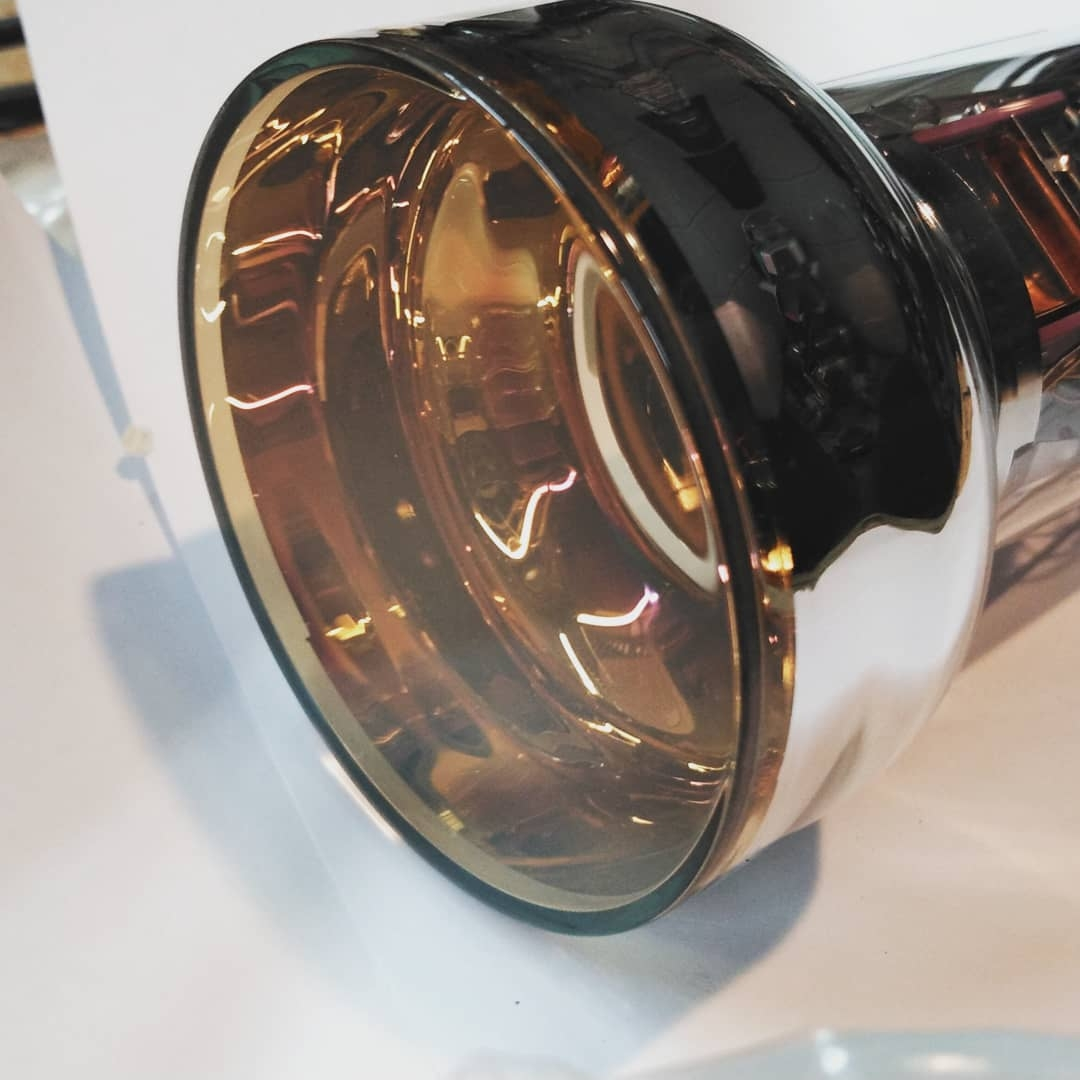
Leave a Reply